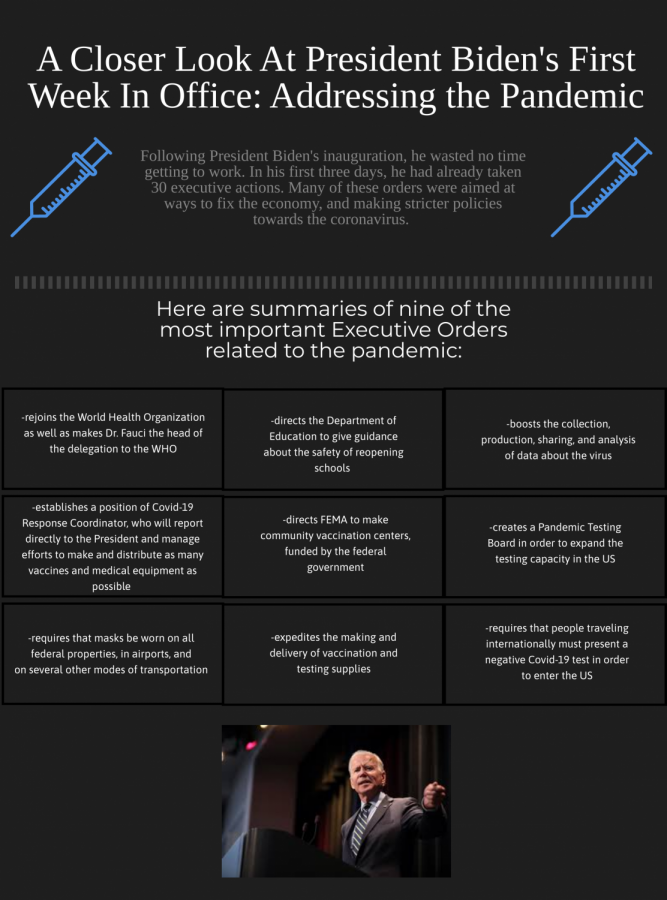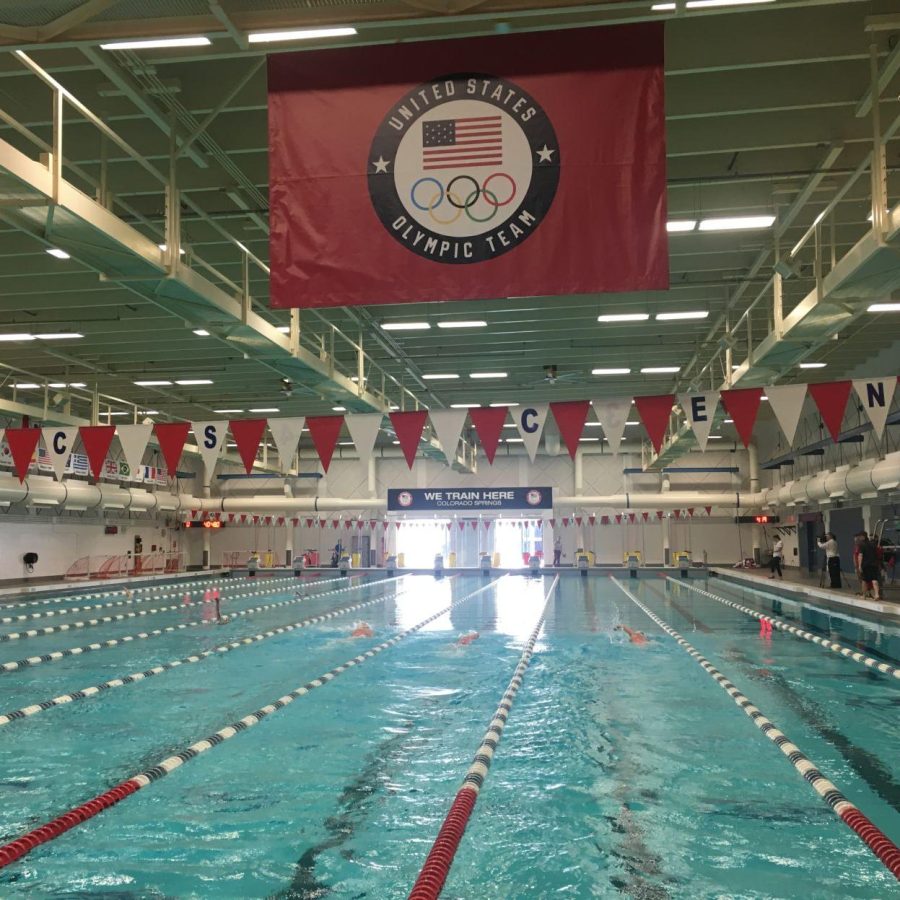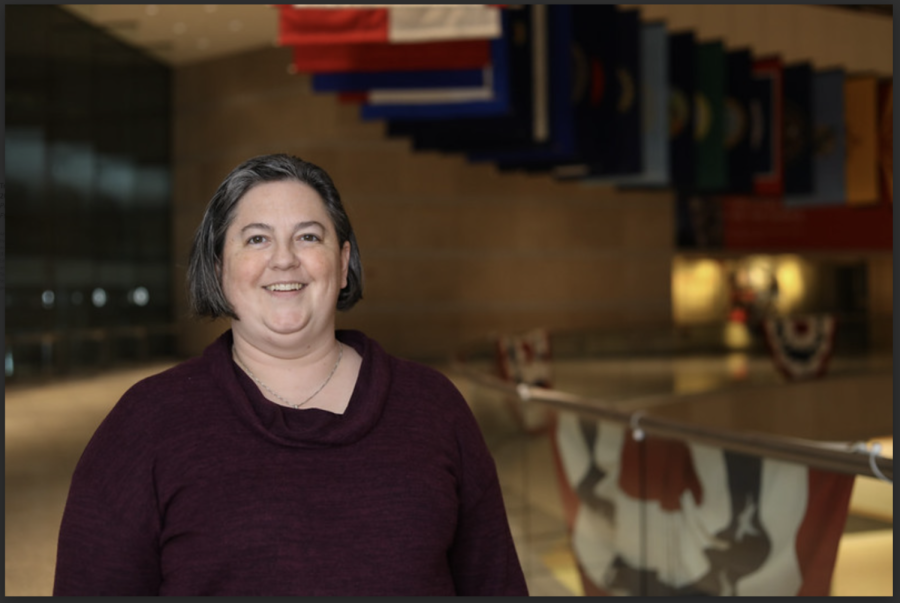[ot-caption title=”A Norwegian man holds a 1936 Nobel Peace at an auction in Baltimore, Maryland. Nobel Prizes have been allocated to recipients considered worthy by the Nobel Foundation since its establishment in 1895. (AP Photo/Patrick Semansky)” url=”https://pcpawprint.com/wp-content/uploads/2014/10/nobelfinal.jpg”]
Founded by Alfred Nobel through instructions in his will following his death in 1895, the Nobel Foundation currently bestows several prestigious awards in the six categories of Physics, Chemistry, Physiology or Medicine, Literature, Economics, and Peace upon notable people whose work has been deemed revolutionary for the time period; these awards are largely considered to be the apexes of possible achievement in each of the respective classifications.
Three persons were chosen to receive the Nobel Prize in Physiology or Medicine for their work regarding the discovery of a positioning system in the brain that acts as an inner GPS for neural recognition of space, and were the first award-winners announced this year. All three laureates were chosen by the Karolinska Institute in Sweden, who awarded the prize of 1.1. million dollars between a Norwegian married couple and a British-American scientist. The three award-winners were May-Britt Moser, Edvard Moser, and Dr. John O’Keefe.
For the Nobel Prize in Physics this year, Isamu Akasaki, Hiorshi Amano, and Shuji Nakamura received the accolade for their collective advancement in blue light emitting diodes (LED). These men added to the efficiency of the blue LED and, essentially, perfected the technology. Coming about in the 1994, the blue form of LED completed the needed RGB trio to compose white light or LED lamps. The benefits of such illumination come in the form of more lumens emitted per watt of power and longer lasting bulbs; this corresponds to a lesser impact environmentally and electrically, which allows areas with poorer electrical infrastructure to have access to artificial lighting.
In chemistry, two American physicists and chemists, Eric Betzig and William Moerner, as well as Stefan Hell, a German physicist, were recognized with the honor. These three men created two alternative methods that would permit microscopy to advance to nanoscopy. Hell employed the stimulated emission depletion (STED) method for microscopy in 2000, which disables certain fluorophores amplifying the resolution in that region. Betzig and Moerner independently invented single-molecule microscopy; this technique takes advantage of the fluorescence of molecules by taking multiple images with only some molecules glowing.
The Nobel Prize in Literature was awarded to Patrick Modiano, a French novelist and screenwriter, who won the prize after facing a stiff competition composed of novelists, journalists, and poets alike. Modiano published some of his earliest works without any literary degree or previous acclaim. Each year, the Nobel Prize in Literature winner is designated by the Swedish Academy, an institution that presented Modiano with the award “for the art of memory with which he has evoked the most ungraspable human destinies and uncovered the life-world of the occupation.”
The Nobel Memorial Prize in Economic Sciences was granted to Jean Tirole, an economics professor at a French university, because of his contribution to the economic implication of oligopolies and “for his analysis of market power and regulation.” The theory proposed by Tirole centers around the notion of governmental action in regard to areas in which a monopoly or cartel predominates. He demonstrates how many previously utilized actions can have positive and complementary negative effects. Through numerous publications, Tirole has adopted his theory of tailoring to each industry to multiple areas and analyzed the fashion by which governments should carry out merging and commanding monopolies.
This years’ Nobel Peace Prize was awarded to Kailash Satyarthi and Malala Yousafzai. Malala Yousafzai represents a powerful force in a struggle for educational rights for many Middle Eastern young women. When Malala was only fourteen years old, she had already been campaigning for around three years for a complete permission for women to receive educations in her native country, and has since spoken at major events such as U.N. conferences. Kailash Satyarthi, the recipient of the other half of the Nobel Peace Prize, has saved the lives of over 83,000 children from the horrendous claws of slavery through the establishment of various refugees for children in India.
In total, the Nobel Prizes awarded this year highlight a portion of advances made to improve the lives of all of humanity and work towards the sustaining of a greater series of global prosperity for all ranges of nations, organizations, and general populaces. Many of the improvements made in each of the categories provide large amounts of possible utilities and applications that will indubiously spawn the development of even more innovative technologies and philosophies as human knowledge as a whole continues to expand.
Sources: Nobel Foundation, Encyclopedia Britannica, U.S. News & World Report LP, The New York Times Company, NBC News, CNN

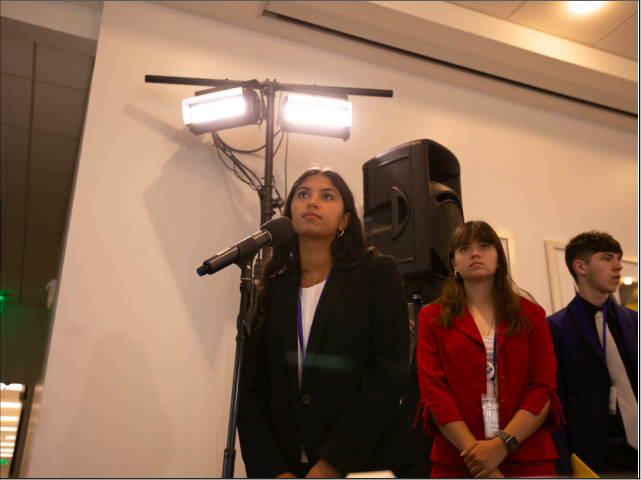


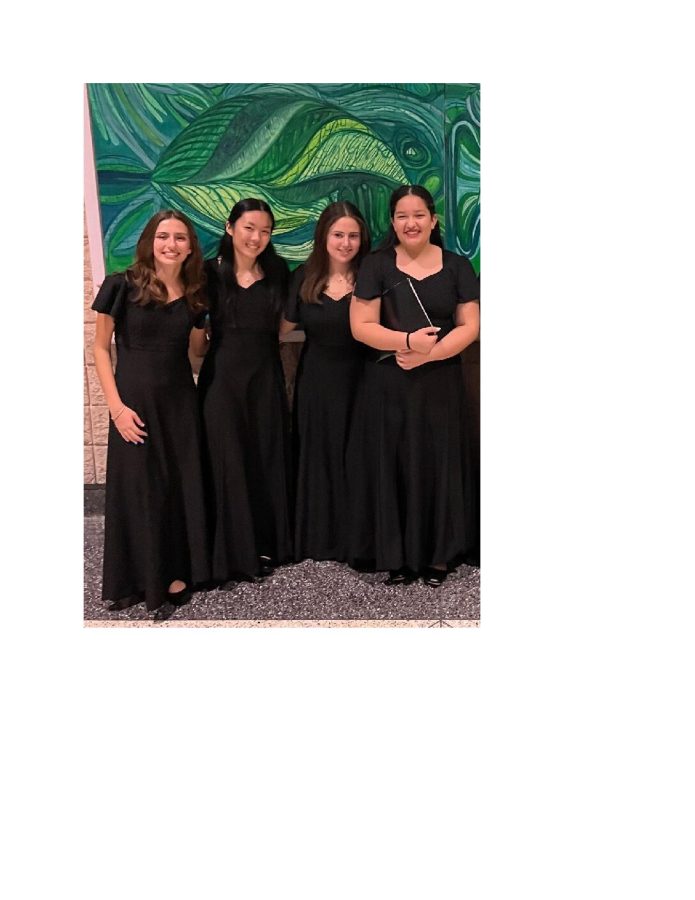











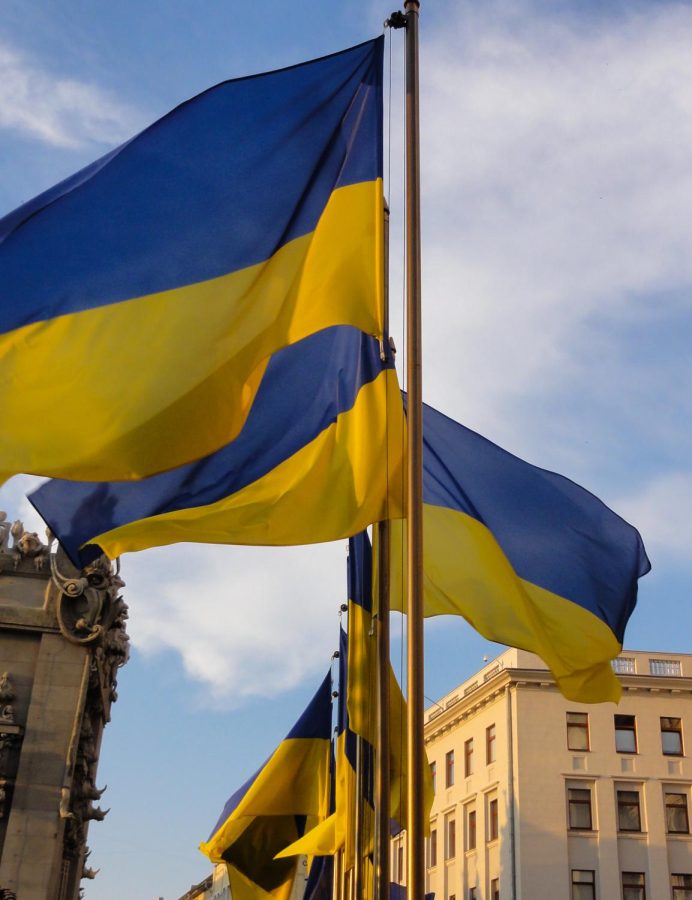






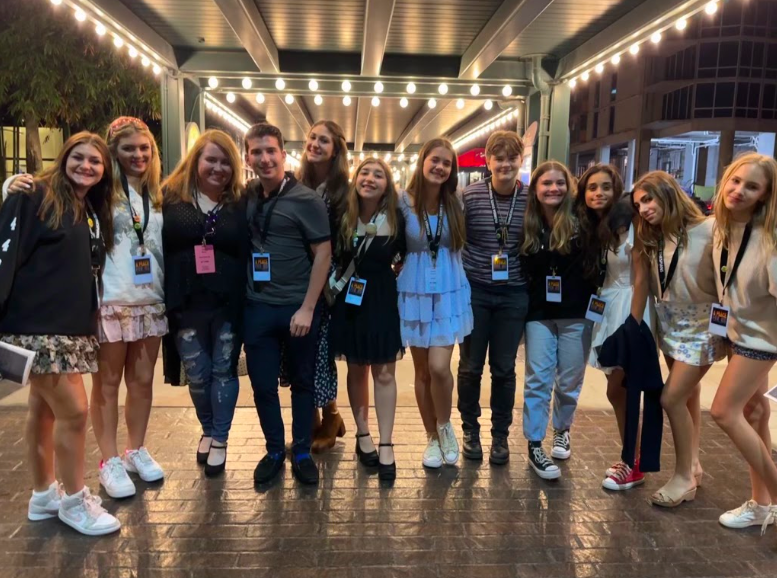








![Stranger Things 4: What to Expect [Warning: Contains Spoilers]](https://pcpawprint.com/wp-content/uploads/2021/11/StrangerThings4-900x473.jpeg)


















